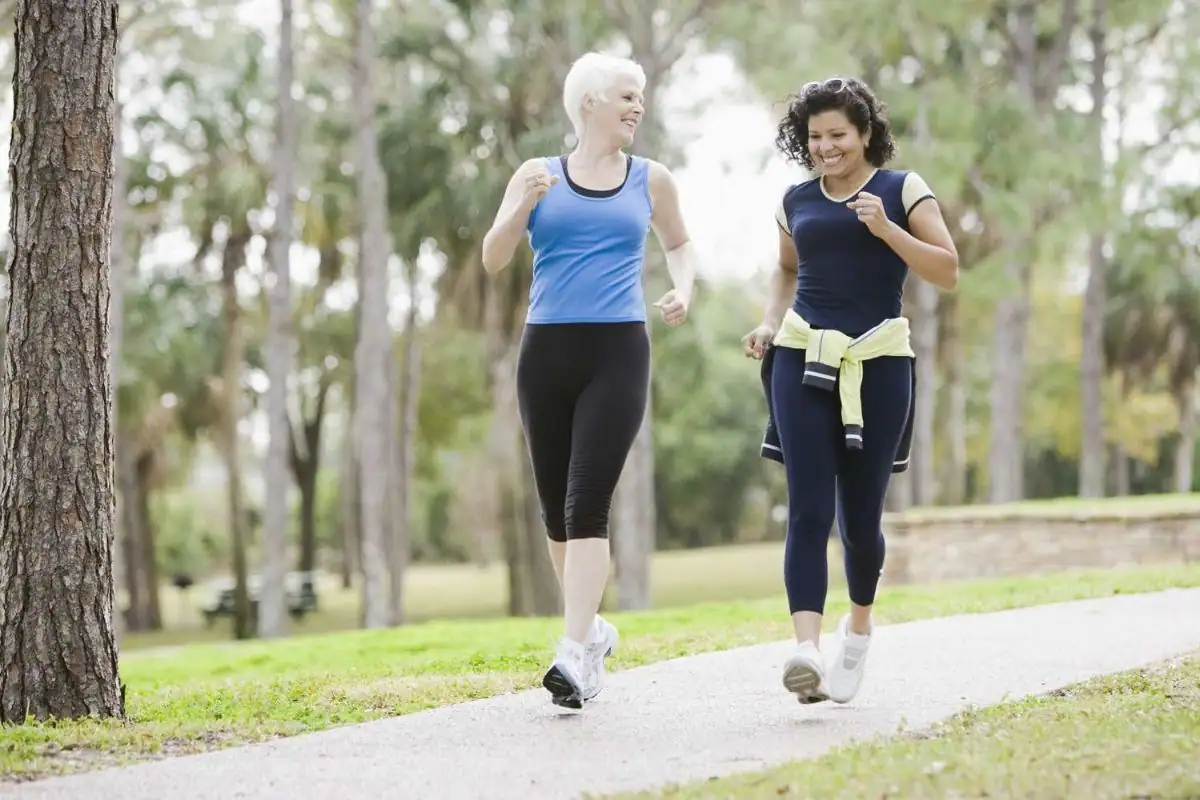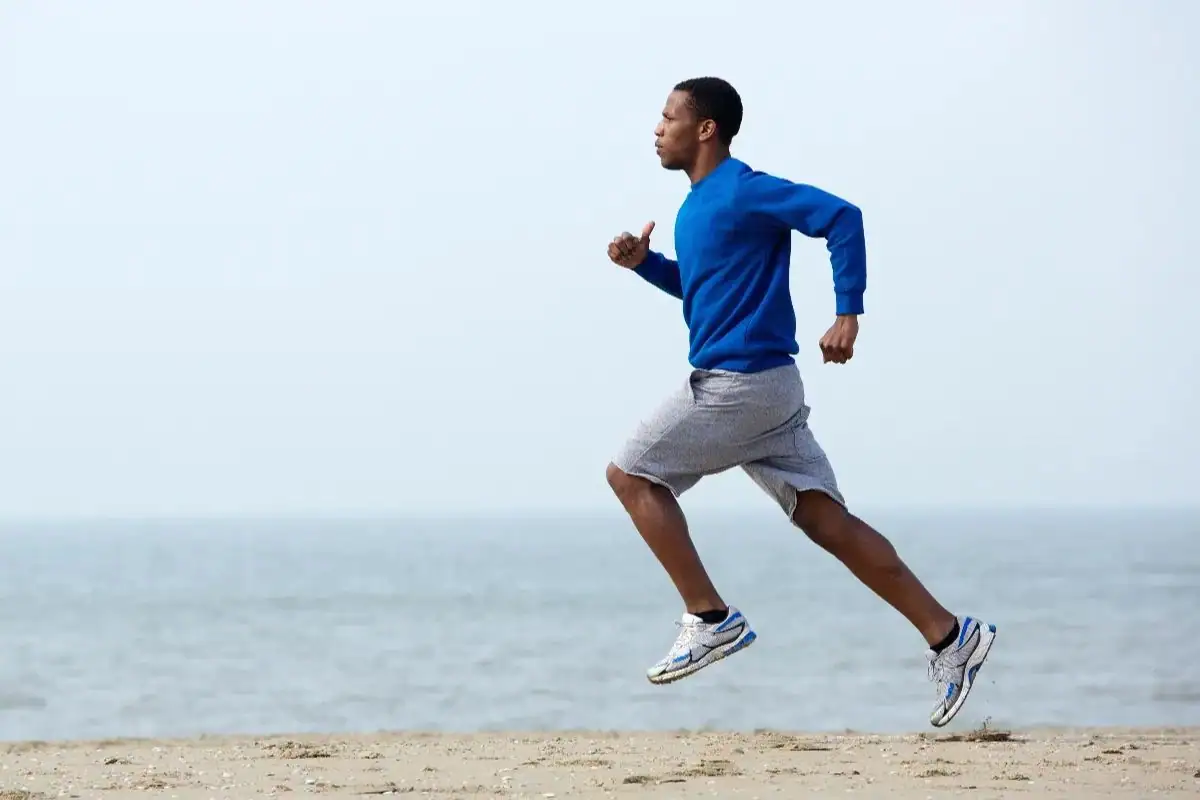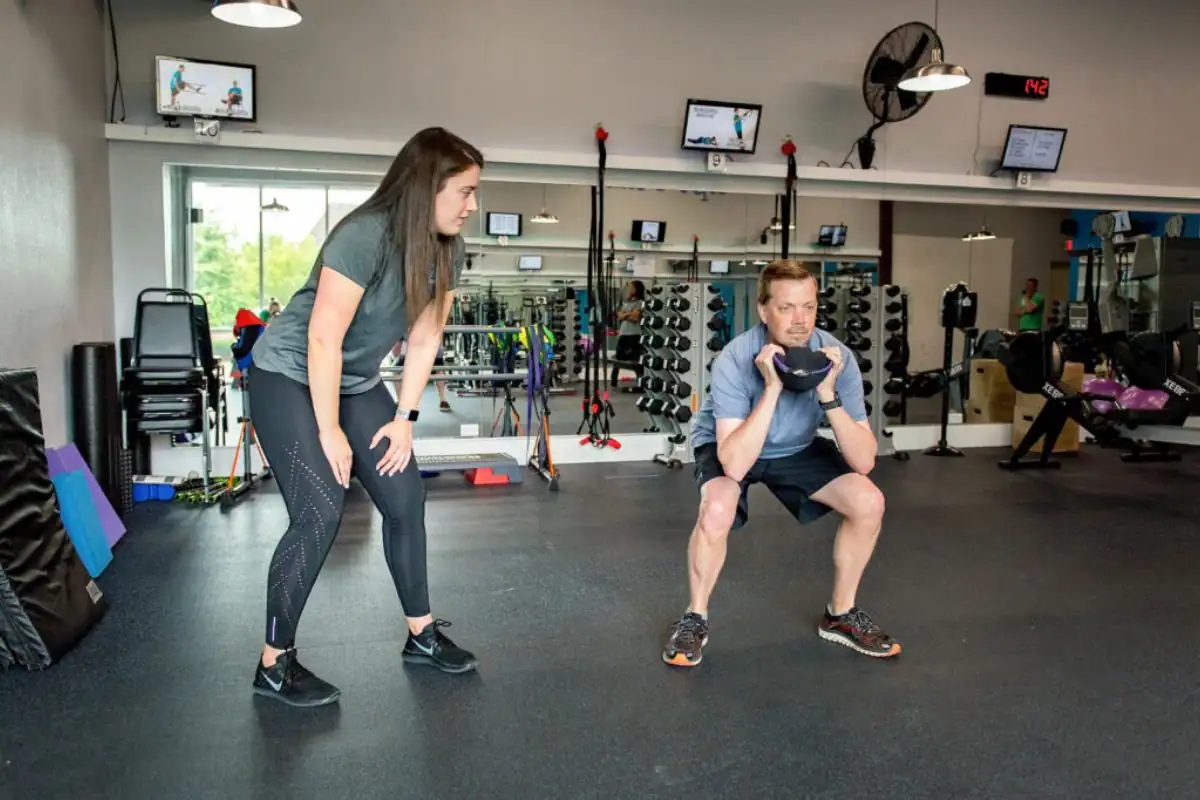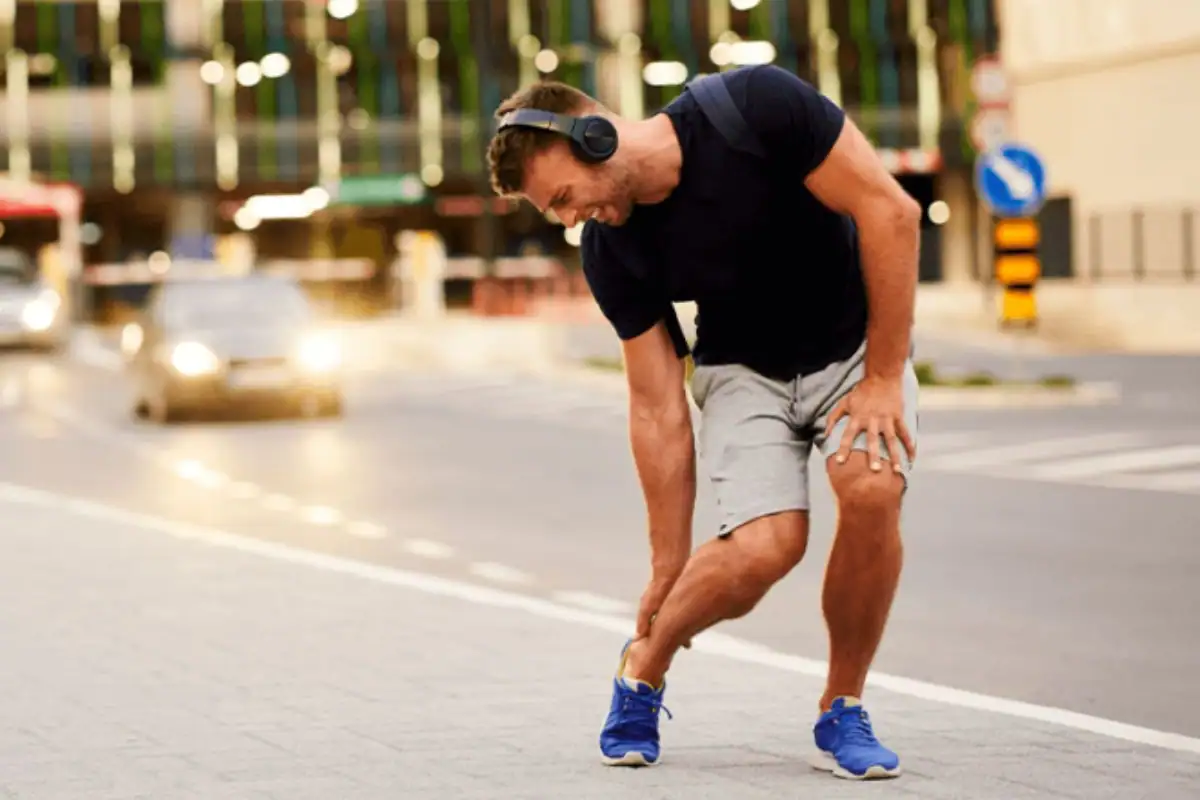Advertisement
Health Benefits of Speed Walking and Jogging
Advertisement
Regular exercise is key to keeping your body healthy. Experts suggest aiming for 150 minutes of moderate aerobic activity or 75 minutes of vigorous aerobic activity each week. But which type of aerobic exercise is best? The answer depends on your personal goals and preferences. Speed walking and jogging are both great options, each with its own set of advantages and drawbacks. Choosing between them comes down to finding what fits you best.
Speed Walking
While regular walking is beneficial, it doesn’t raise your heart rate as much as jogging. Speed walking is a middle ground that’s more intense than walking but less demanding than jogging. It offers many of the same benefits as jogging but with less physical impact. This makes it appealing for beginners or older adults who want to stay active without straining their joints. Speed walking is a great way to transition into a more active lifestyle while minimizing the risk of injury.

Advertisement
Jogging
Jogging, on the other hand, is like a toned-down version of running. It’s not as intense as running but still provides plenty of cardiovascular benefits. It’s a popular choice for those looking to improve their health or shed extra pounds. However, jogging can be more challenging for older adults or those with joint concerns. Despite that, both jogging and speed walking fall into the category of moderate aerobic exercises, helping with weight loss and overall fitness.

Advertisement
Proper Technique
Understanding the right technique is crucial for both jogging and speed walking to avoid injuries. When speed walking, keep your head up and eyes looking forward. Your neck, shoulders, and back should be relaxed, but your back should stay straight. Roll your feet from heel to toe as you move. For jogging, the posture is similar, but make sure the middle of your foot strikes the ground first, rather than rolling from heel to toe. Both exercises benefit from deep, rhythmic breathing to keep your energy up.

Advertisement
Planning Your Route
Choosing a safe and effective route is almost as important as the exercise itself. Avoid paths with potholes, uneven terrain, or low-hanging branches that could cause accidents. Flat routes are less strenuous, while hilly areas add extra challenge. A good route should allow time for a proper warm-up at the start and a cool-down at the end. If outdoor routes aren’t ideal, many indoor spaces are suitable for both jogging and speed walking.
Advertisement
Burning Calories
The calories burned during exercise vary based on weight, speed, and distance. Generally, jogging burns more calories than speed walking within the same timeframe. For example, a 150-pound person might burn around 307 calories jogging at four miles per hour for an hour. To burn the same number of calories, this person would need to speed walk at the same pace for about 90 minutes. This difference can influence which exercise you choose, depending on your fitness goals.
Advertisement
Impact on the Body
Jogging is more physically demanding, which can put extra stress on your joints, particularly your knees and legs. The repetitive impact can lead to conditions like runner’s knee or other joint issues over time. On the other hand, speed walking is easier on the body and less likely to cause injuries. The reduced impact makes it a safer choice for those with joint concerns or who want a gentler exercise routine.

Advertisement
Improving Balance and Coordination
Speed walking and jogging both enhance balance and coordination, which is especially beneficial for those who may struggle in these areas due to age or medical conditions. These activities help strengthen leg muscles and improve bone density, leading to better stability. A study from the Washington University School of Medicine showed that regular participation in these exercises can lead to significant improvements in balance for both men and women.

Advertisement
Staying Motivated
Staying motivated can be tricky, and it often depends on what you enjoy. If your goal is quick weight loss, jogging might keep you motivated with its faster results. However, if you dislike running, you might find it hard to stick to a jogging routine. On the flip side, speed walking can be a more enjoyable and sustainable option for many people. The key is finding the exercise that makes you want to keep going.

Advertisement
Convenience and Cost
Both speed walking and jogging are cost-effective exercise options. Unlike cycling, which requires a bike, or hiking, which needs specific terrain, these activities need little more than a good pair of shoes. You don’t even need a gym membership unless you prefer to exercise indoors. Speed walking also leaves you less tired and sweaty, making it a convenient option for those with busy schedules or who need to go from a workout to the next part of their day.

Advertisement
Stress Relief
Exercise naturally boosts your mood because it triggers the brain to release endorphins, which make you feel good. Both speed walking and jogging can leave you feeling happier and more energized. Plus, these activities provide moments for reflection and relaxation. They can be done solo or in groups, adding a social aspect that can further reduce stress and build motivation. Even a short session can lead to a refreshed mind and improved mood.

.png)




